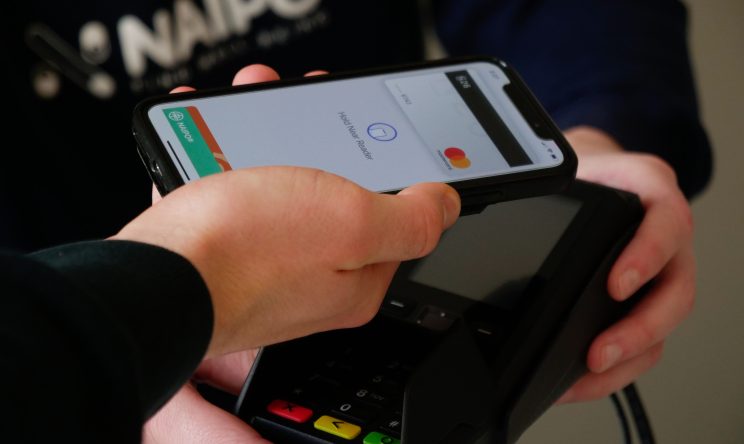 November 22, 2022
November 22, 2022
In recent years, paying with cash has become less and less popular. Due to the COVID-19 Pandemic, and emerging technologies, the variety of ways to pay has been on the rise.
Many people use the terms “cashless” and “contactless” interchangeably, but there are distinctions between the two.
Cashless payments require face-to-face contact between the consumer and seller. Consumers have been paying with cashless methods for hundreds of years, with the most historically prevalent being the cheque.
Another form of cashless payment is electronic bank transfers. This involves a payment being initiated through a bank or alternate authorising party and being transferred to the receiving bank account.
Contactless payments, by contrast, do not necessarily require face-to-face contact when a transaction is being undertaken. This can include paying with Apple Pay or GooglePay when purchasing something online.
Merchants can benefit from implementing cashless transactions, as there are many benefits for a business.
Security – Digital payments are secure due to the different levels of data authentication and encryption used. Most digital payments require two-factor authentication, which reduces the risk of someone other than the cardholder making the transaction.
Convenience – Online payments have ruled out the necessity to carry cash. This in turn saves time and allows for a sleeker transaction process. Many online payment providers allow you to track your spending and analyse transactions.
Discounts – Certain Merchants have taken to offer discounts for purchases made online. Consumers are able to benefit from these discounts, and Merchants can drive traffic to their websites.
To learn more about how Cardstream can help you maximise your payments, click here for more information.
Stay up to date with all the latest news from Cardstream by joining our mailing list here.